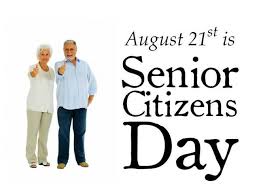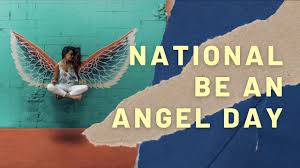Wobbly Wednesday November 2,2022, history, significance
Nystagmus is characterised by involuntary movement of the eyes, symptomatic of problems with the visual pathway. It causes varying degrees of sight impairment. Nystagmus is often a genetic condition and may be associated with albinism, but can also be caused by a number of medical conditions such as cataracts, glaucoma or aniridia.

Wobbly Wednesday is your opportunity to learn more about this limiting condition. Nystagmus affects 1 in 1,000 people. It is a form of visual impairment and can occur at any time of life.
It is the most common form of visual impairment in school-aged children in the UK. People affected by nystagmus encounter visual problems throughout their lives and need support in education and employment.
History of Wobbly Wednesday
The day was instituted by the Nystagmus Network, the world’s longest-running support charity for those affected by nystagmus. The purpose of the day is to raise awareness of nystagmus, also known as wobbly eyes.
On this day schools, hospitals, colleges and universities up and down the country and across the world hold exhibitions, sponsored events and lots of fun to let everyone know about nystagmus.
How to celebrate Wobbly Wednesday
The best way to celebrate Wobbly Wednesday is to read up on the condition and make yourself more educated about it and how it affects the lives of those who suffer from it. Additionally, you can put yourself in contact with local groups working to educate others about it, and see if they have any scheduled fund-raising events that you can participate in.
They often provide different fliers and pamphlets that you can hand out or make available to friends and co-workers that will describe the condition and how it effects those who live with it.
Wobbly Wednesday is your opportunity to help make the lives of these people a little easier, both by doing fundraising for research and by making the world they live in a little more understanding of the struggles they face.
Sandeep Raiza — Content Writer, Website Designer, SEO Strategist, and WordPress Expert AI specialist delivering impactful digital solutions that drive business growth.Combining creative storytelling with technical expertise.




